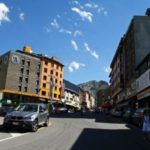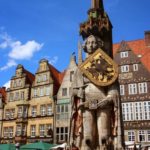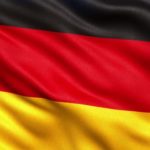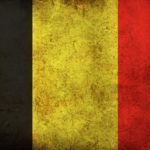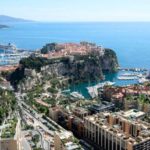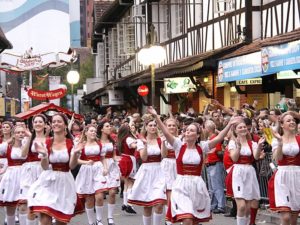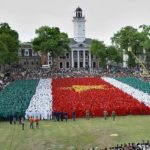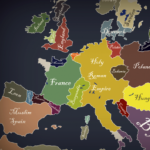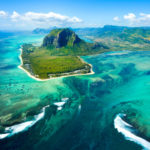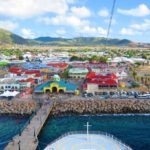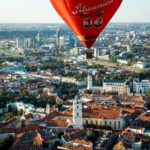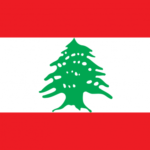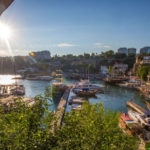Interesting facts about Luxembourg
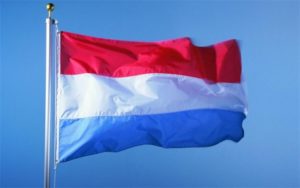 Luxembourg, or, if fully – the Grand Duchy of Luxembourg – a dwarfish state sandwiched between Belgium, France and Germany. It retained its independence to the present day and boasts a rich history that contributes to attracting a profuse flow of tourists. Without wryly, you can safely say that it is worth to visit Luxembourg, if such an opportunity arises – there you can see a lot of interesting things.
Luxembourg, or, if fully – the Grand Duchy of Luxembourg – a dwarfish state sandwiched between Belgium, France and Germany. It retained its independence to the present day and boasts a rich history that contributes to attracting a profuse flow of tourists. Without wryly, you can safely say that it is worth to visit Luxembourg, if such an opportunity arises – there you can see a lot of interesting things.
The name “Luxembourg” comes from the word from the High German dialect, meaning “small town”.
Luxembourg has no access to the sea.
In Luxembourg, the three official languages are Luxembourgish, French and German, the first of which received its status not so long ago, in 1984.
When Germany occupied the duchy during the Second World War, the ruling dynasty of Luxembourg refused to cooperate with the German government and went into exile.
The national currency of Luxembourg is the euro.
Luxembourgers themselves call themselves “flyers.”
The Grand Duchy of Luxembourg is one of the richest countries in Europe, the standard of living here is extremely high. However, Luxembourg has a huge external debt.
Luxembourg takes the first place among all cities in the world in terms of the number of banks located in it.
In the saunas of Luxembourg there is no division into male and female halls – they are all common.
About one-tenth of Luxembourg’s budget revenue is produced by iron and pig iron production.
According to statistics, there are about 150 mobile phones and smartphones per 100 Luxembourgers.
Despite the fact that there are more than 500 cars per thousand Luxembourgers, traffic jams in this country are extremely rare.
The name of one of the streets in the capital of the duchy, the city of Luxembourg, translates as “Where Mosel beer is brewed”.
The minimum wage in Luxembourg is 1650 euros.
Forests and parks occupy about a third of the territory of the entire duchy.
About 97% of Luxembourg’s population are Catholics.
The city of Luxembourg is included in the UNESCO World Heritage List due to the huge number of attractions.
Once the territory of Luxembourg was three times larger than in our days.
